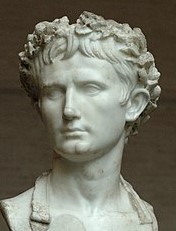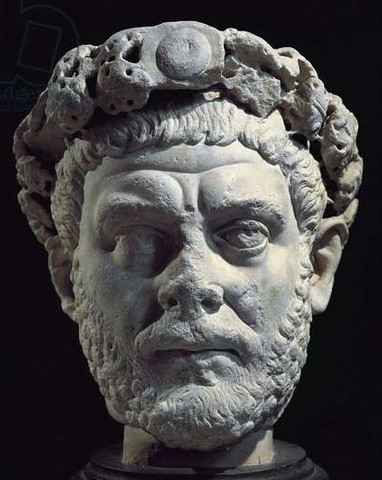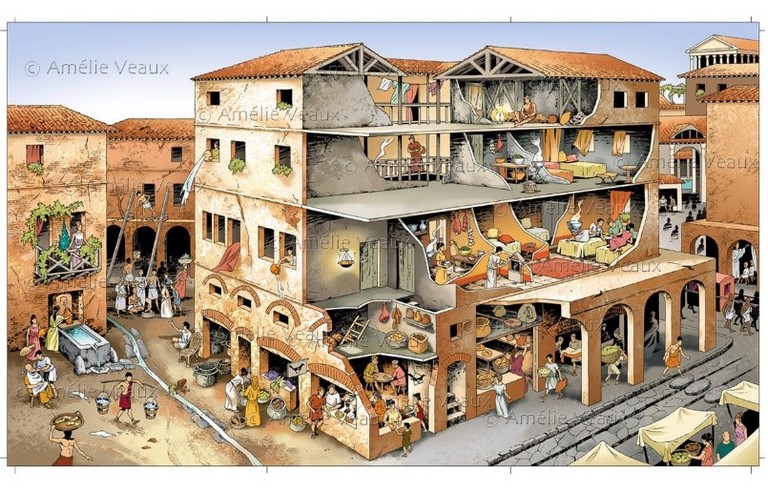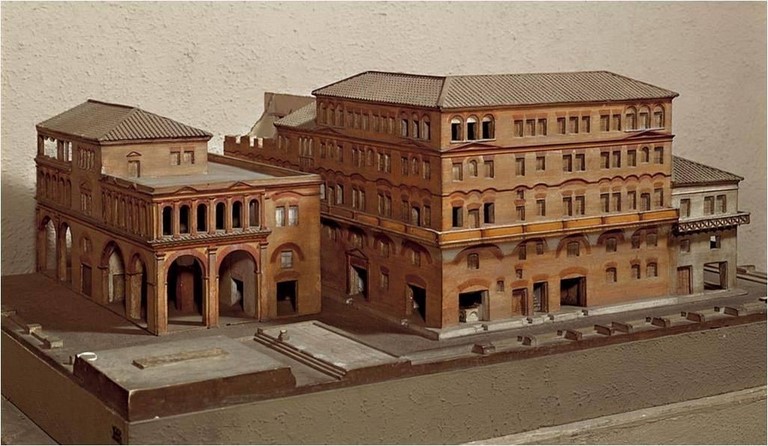Gunnar Heinsohn's Latest:
- Gunnar Heinsohn: Rome and Jerusalem - a stratigraphy-based chronology of the ancient world
- Gunnar Heinsohn: Jerusalem in the First Millennium AD - Stratigraphy and the scholarly belief in Anno Domini chronology
- Gunnar Heinsohn: ANNO DOMINI and the distortion of scientific dating
- Gunnar Heinsohn: Did Comet Heinrich-Swift-Tuttle terminate Roman and global civilization?
- Gunnar Heinsohn: St Paul - did he live once, thrice or not at all?
- Gunnar Heinsohn: Hadrian Umayyads in Jerusalem
- Gunnar Heinsohn: Were there really no people in Poland between 300 and 600 AD?
- Gunnar Heinsohn: Ravenna and Chronology
- Gunnar Heinsohn: 10th century collapse - sources and archaeology
- Historial Evidence Without Archaeology: Jan Beaufort answers Trevor Palmer
- Gunnar answers Trevor on Writers and Re-Writers of the First Millennium
- Trevor Palmer: Writers and Re-Writers of the First Millennium (e-book)
- Rome and Jerusalem - a stratigraphy-based chronology of the Ancient World
- Gunnar Heinsohn: Augustus and Diocletian - contemporaries or three centuries apart?
- Gunnar Heinsohn: Justinian's correct date in 1st Millennium chronology
- Gunnar Heinsohn: The Stratigraphy of Rome - benchmark for the chronology of the First Millennium CE
- Gunnar Heinsohn: Polish origins
- Gunnar Heinsohn: Bede's missing metropolis
- Gunnar Heinsohn: Arabs of the 8th century - cultural imitators or original creators?
- Gunnar Heinsohn: Siegfried found - decoding the Nibelungen period
- Slavic chronological enigmas solved - Poland's Krakow in the 1st Millennium AD
- Arthur of Camelot and Aththe of Camulodunum
- The Tenth Century collapse
- Paper-making's mysterious 700-years secrecy
- Wrecked metropolises of the 1st Millennium: a comparison
- Ephesus in the 1st millennium AD: was it destroyed three times or once?
- How did so many Roman elements (1st-3rd cent. AD) make it into the Viking Age (8th-10th cent.AD)?
- Gunnar Heinsohn in a nutshell
- Bulgaria's early medieval capital of Pliska and Preslav: were they really built to resemble 700-year older Roman cities?
- Sarmatians, Huns and Khazars: were they one and the same Confederation?
- The Winchester of Alfred the Great and the Haithabu of his voyager Wulfstan: were they separated by 700 years?
- Goths of the 4th Century And Getae of the 1st Century - were they one and the same?
- Vikings without towns, harbors and sails... for 700 years?
- Charlemagne's Correct Place in History
- Why did Christianity spread so slowly across Europe in the First Millennium A.D.?
- Islam and Arab Chronology - were Arabs really ignorant of writing and coinage for 700 years?
- The Creation of the First Millennium
- The Controversy
- Gunnar Heinsohn: the Creation of the Gods
- Gunnar Heinsohns Biography
Gunnar Heinsohn: Rome and Jerusalem - a stratigraphy-based chronology of the ancient world
Gunnar Heinsohn: Jerusalem in the First Millennium AD - Stratigraphy and the scholarly belief in Anno Domini chronology
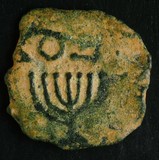
Gunnar Heinsohn: ANNO DOMINI and the distortion of scientific dating
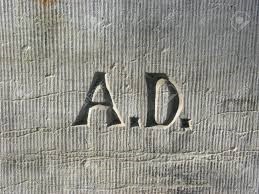
"The origin of AD dating is not verifiable before the 11th century AD (with the exception of some manuscripts that have never been analyzed scientifically). Thus, there is no place in the 1st millennium AD where historians or chronologists would have kept a complete record of the years AD 1-1000..."
Gunnar Heinsohn: Did Comet Heinrich-Swift-Tuttle terminate Roman and global civilization?
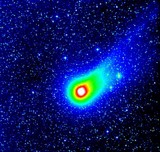
Gunnar Heinsohn: St Paul - did he live once, thrice or not at all?
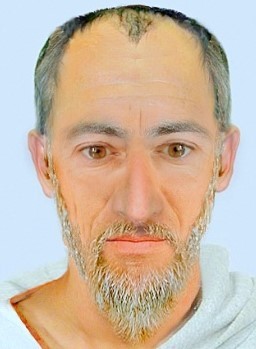
"It might come as a surprise, but outside our New Testament records we have very little additional historical information about Paul other than the valuable [although 300 years later; GH] tradition that Jerome [347-420 AD] preserves for us that he was born in the Galilee..."
Gunnar Heinsohn: Hadrian Umayyads in Jerusalem
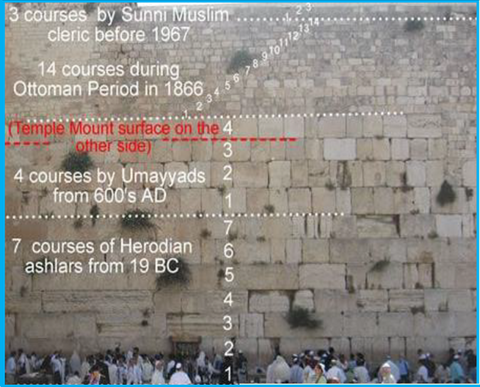
Gunnar Heinsohn: Were there really no people in Poland between 300 and 600 AD?
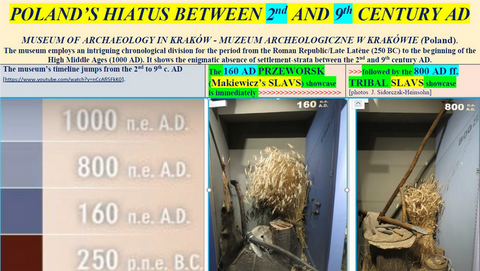
In a conference given at the Polish Naval Museum on July 7, 2020, Gunnar Heinsohn gives an overview of his First Millennium revised chronology from the standpoint of Poland...
Gunnar Heinsohn: Ravenna and Chronology
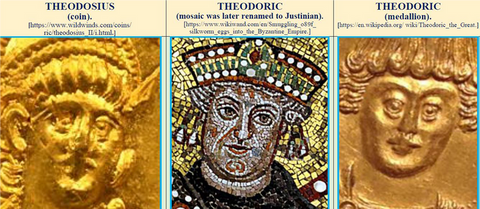
Gunnar Heinsohn’s RAVENNA AND CHRONOLOGY is a 100 page, abridged English version of his 550-page German manuscript WIE LANGE WÄHRTE DAS ERSTE JAHRTAUSEND? (How long did the First Millennium last?) Q-MAG.org will present RAVENNA AND CHRONOLOGY in three parts, abundantly illustrated.
I asked Gunnar Heinsohn if we may end up having to go back behind Michael Psellos (ca. 1018-1078 AD) and start A.D. history all over again? His answer was: YES! (...)
Gunnar Heinsohn: 10th century collapse - sources and archaeology
Historial Evidence Without Archaeology: Jan Beaufort answers Trevor Palmer

The present paper responds to Trevor Palmer's critique of a “re-writing” of the chronology of the first millennium AD. (...) I argue that the supposed consistency of
the primary sources is in fact an illusion produced by secondary literature. I prove this argument with Palmer's key witness against Heinsohn, the ancient historian Herodian.
Gunnar answers Trevor on Writers and Re-Writers of the First Millennium

Trevor Palmer's Writers and Re-Writers of First Millennium History gives his summary – diligently assembled over many years – of the historiography found in textbooks on the first millennium AD. How can I express a maximum of respect for his achievement? I can assure Palmer that from my entry into grammar school in 1953 until 2013 I not only learned that very historiography for my exams, but literally devoured it...
Trevor Palmer: Writers and Re-Writers of the First Millennium (e-book)

The reasons I had for writing this article are summarized on pages 4-5 of the e-book. Whilst I'm sympathetic in general towards unorthodox theories, I never, as a matter of principle, argue that any particular theory is right (or wrong)... I just try to ensure that as much relevant evidence as possible is brought out into the open, in a fair way, to enable informed debates to take place about individual theories, and for supporters of particular theories to be able to address apparent problems (...).
Rome and Jerusalem - a stratigraphy-based chronology of the Ancient World
Did the Romans nostrify the history of the Etruscans (Cullen 2018) to lengthen their own chronology? To put the question differently: Does one historical period appear twice in our textbooks? Do contemporary histories of Rome and Etruria mistakenly appear in chronological sequence...?
Gunnar Heinsohn: Augustus and Diocletian - contemporaries or three centuries apart?
Gunnar Heinsohn: Justinian's correct date in 1st Millennium chronology
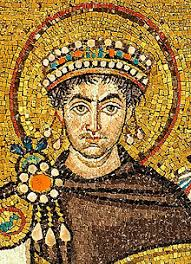
The 700 years from the Severan jurists (Imperial Antiquity) via Justinian quoting them (Late Antiquity) up to his laws in Greek (Early Middle Ages albeit in 2nd c. Greek) are due to simultaneity being turned into a continuum. All three periods immediately preceded the High Middle Ages of the 10th/11th c. CE....
Gunnar Heinsohn: The Stratigraphy of Rome - benchmark for the chronology of the First Millennium CE
How can Rome have history from 1 to 930s CE if it builds residential quarters, aqueducts, latrines, sewers, roads, ports, or even bakeries only from 1 to 230s CE?
Gunnar Heinsohn: Polish origins
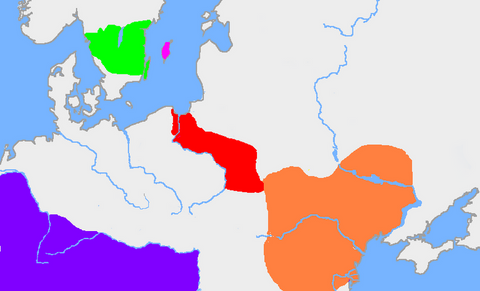
“The problem of the location of the earliest archaeological cultures which may be identified with the Slavs is one of the most controversial in Polish archaeology. Nevertheless, attention is drawn to some analogies observable in the Roman period [1st-3rd c.] and medieval pottery [8th-10th c.]”“
[Marcin Wołoszyn, Migration Period between Odra and Vistula, National Science Centre 2012, http://www.mpov.uw.edu.pl/en/thesaurus/tribes-and-peoples/slavs-].
Gunnar Heinsohn: Bede's missing metropolis
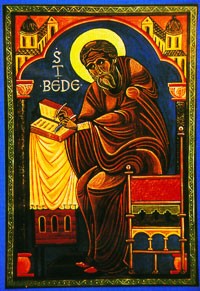
Beda Venerabilis (672-735 AD), in his Ecclesiastical History of the English Nation (II. 3), provided us with a description of Londinium in 604 AD: “Their metropolis is the city of London, which is situated on the banks of the aforesaid river, and is the mart of many nations resorting to it by sea and land.“ (...)
In the London area there are only two settlements that can be investigated for the description of Bede: Londinium of Imperial Antiquity (1st-3rd century AD) and Lundenwic of the Early Middle Ages (8th-10th century AD).
Gunnar Heinsohn: Arabs of the 8th century - cultural imitators or original creators?
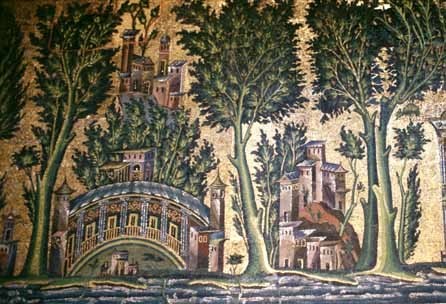
Among Jewish acceptors of Muhammad, Rabbi Shimon bar Yochai becomes significant for the chronology of Muhammad. During Imperial Antiquity (1st-3rd c.), Shimon was active after 70 CE (after the Roman destruction of Jerusalem’s Temple), i.e. during the 1st and 2nd century. He calls Muhammad "a prophet sent to Ishmael according to God's will", in other words, a representative of the God of the Jews for Arabs. Interestingly, however, the report on Rabbi Shimon's positive assessment of Muhammad comes from the Early Middle Ages (8th-10th c.) some 700 years later, precisely from the 8th century (Prawer/Ben-Shammai 1994, 304).
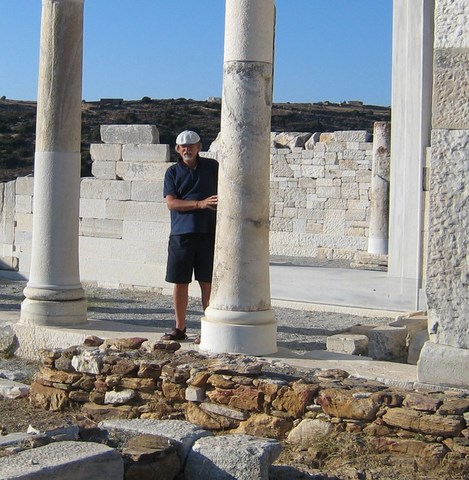
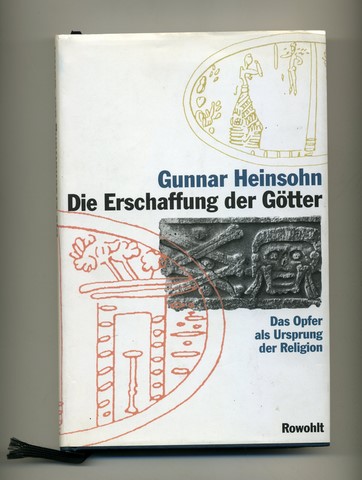
The Creation of the Gods
by Gunnar Heinsohn
Gunnar Heinsohn: Siegfried found - decoding the Nibelungen period
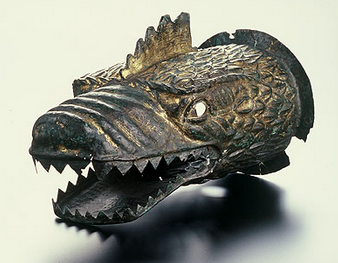
Slavic chronological enigmas solved - Poland's Krakow in the 1st Millennium AD
The Archaeological Museum of Kraków (Poland) is to be commended for its chronological honesty. Though its curators do not deviate from chronological dogma, they refuse to report settlement strata that cannot be found in the city’s ground. Therefore, their exhibits for the 1st millennium AD jump from the 2nd right into the 9th century AD, with nothing to show for the 700 years in between...
Arthur of Camelot and Aththe of Camulodunum
The Tenth Century collapse
Paper-making's mysterious 700-years secrecy
Wrecked metropolises of the 1st Millennium: a comparison
Ephesus in the 1st millennium AD: was it destroyed three times or once?
How did so many Roman elements (1st-3rd cent. AD) make it into the Viking Age (8th-10th cent.AD)?
-How is it possible that sites devastated in the 3rd c. exhibit the same architecture and crafts as early medieval sites devastated in the 10th c. CE? How can one explain that sites dated to Antiquity (1st-3rd c.) are as stratigraphically close to the High Middle Ages (10th/11th c.) as Early Medieval sites if they are not contemporary?
Go to article
Gunnar Heinsohn in a nutshell
Bulgaria's early medieval capital of Pliska and Preslav: were they really built to resemble 700-year older Roman cities?
Bulgaria’s urban explosion during the Early Middle Ages, which matches the scope of city building in Rome’s imperial period some 700 years earlier, takes the excavators by surprise because even Constantinople cannot not show any new building between 600 and 800 CE. Actually “nothing is known about Byzantine cities from the 7th to the 9th c. CE“ (Kirilov 2006, 181). Whilst the most powerful empire of the Early Middle Ages lacks any urban ambition, the Bulgarian newcomers boldly recreate huge Roman urban ensembles whilst the rest of Europe appears to haven fallen asleep in a dark age. It is this absolutely extraordinary, even ravenous, urban appetite of former steppe dwellers that makes the Bulgarians sensational and unique all over Europe.
Go to article
Sarmatians, Huns and Khazars: were they one and the same Confederation?
The origin of the 8th-10th c. Khazars is hidden in obscurity, though they are also called “Huns“ (by Theophanes the Confessor [758/60-817/818 CE] or by Moses of Kalankatuk [10th c.]). The ancestors of this ubiquituously tribute-collecting power are even believed to “have belonged to the empire of the Huns“ (JVB 2008), although they had to wait another mysterious 300 years before they could actually rule the Hunnic realm: “Very little [was known] about the Khazars – about their traditions, their funerary rites, their culture" until, in one of their fortresses, Atil, the excavators have found Hunnic-like “huts similar to yurts, which are characteristics of Khazar cities“ (Dmitry Vasilyev 2008).
Go to the article in pdf
The Winchester of Alfred the Great and the Haithabu of his voyager Wulfstan: were they separated by 700 years?
According to a report published together with Alfred the Great’s (871-899 CE) translation of Paulus Orosius’ (385-410 CE) Histories, Wulfstan, the Early Middle Ages‘ most famous ocean voyager, around 880 CE, went “from Haethum [Haithabu/Hedeby] to Truso in seven days and nights, and that the ship was running under sail all the way. Weonodland was on his right, and Langland, Laeland, Falster, and Sconey on his left, all which land is subject to Denmark. Then on our left we had the land of the Burgundians [Bornholm; GH], who have a king to themselves. Then, after the land of the Burgundians, we had on our left the lands that have been called from the earliest times Blekingey, and Meore, and Eowland, and Gotland all which territory is subject to the Sweons; and WEONODland was all the way on our right, as far as Weissel [Vistula; GH] mouth. The Weissel is a very large river, and near it lie Witland and WEONODland" (King Alfred, The Geography of Europe, in Hakluyt 1893). (.../...)
Go to the article in pdf
Goths of the 4th Century And Getae of the 1st Century - were they one and the same?
Since the Gothic-Getic cultures of Wielbark-Vistula and of Sântana de Mureș-Chernyakhov are contemporary, its 5,000 known sites were not annihilated by Huns (entering alliances with Goths) but struck simultaneously by the global conflagration that wiped out Rome and the ca 5,000 towns and cities (plus many of ca. 20,000 villae rusticae) of the Imperium Romanum. That devastation did not occur three times: in the 230s in Italy, in the 530s around Constantinople, and in the 930s in the Slavic Northeast (plus the Scandinavian Northwest and the Mesopotamian Southeast). Actually, we are looking at just one cataclysm that occurred, according to stratigraphy, simultaneously everywhere around the 930s CE. (.../...)
Go to the article
Vikings without towns, harbors and sails... for 700 years?
Charlemagne's Correct Place in History
Why did Christianity spread so slowly across Europe in the First Millennium A.D.?
Islam and Arab Chronology - were Arabs really ignorant of writing and coinage for 700 years?
The Creation of the First Millennium
Gunnar Heinsohn just finished his newest work (in German), Wieviel Jahre Hat Das Erste Jahrtausend? ("How many years in the First Millennium?"), a 500-page challenge to the established chronology of the First Millennium A.D. We bring here, as an avant-première, an article in english by the author (with the friendly assistance of Clark Whelton), exposing aspects of the book's main theses.
Go to the article in pdf


